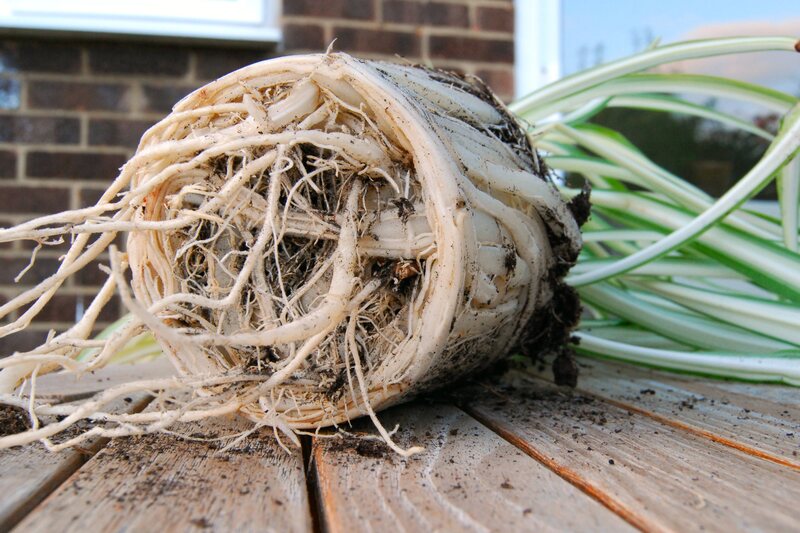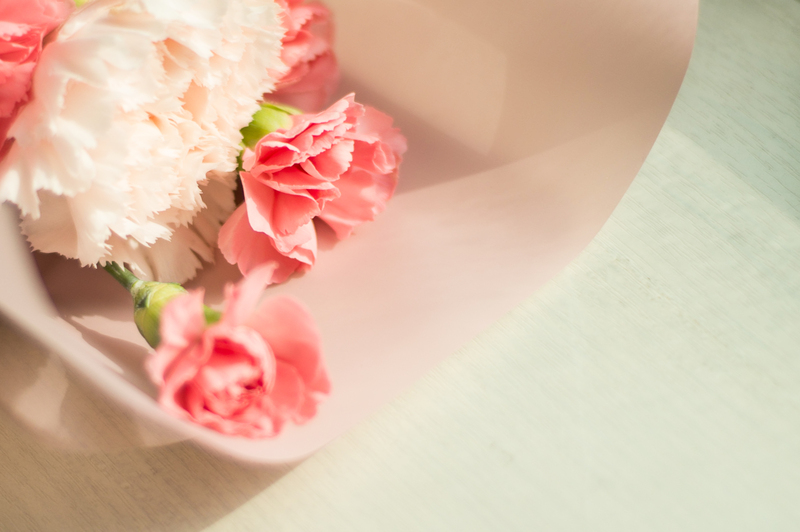Landscaping Layers: Create Depth and Privacy in Your Outdoor Space
Do you dream of a lush, private retreat in your backyard? The secret is in layering your landscaping. By artfully placing plants, trees, and structures, you can make even the smallest outdoor space feel larger, more welcoming, and wonderfully secluded. Landscaping layers not only provide depth, texture, and beauty, but they also enhance privacy--turning your garden into a peaceful sanctuary. In this comprehensive guide, you will discover the strategies and plant choices that will transform your space into a multi-dimensional masterpiece.

What Are Landscaping Layers?
Landscaping layers refer to the intentional placement of plants and landscape features at various heights and depths. This technique mimics the natural progression of a forest or meadow, where ground covers, shrubs, ornamental grasses, and trees each occupy their own horizontal and vertical space. Layering:
- Adds dimension and depth to the landscape, making your space appear more dynamic and expansive.
- Provides privacy by blocking sight lines and creating buffers.
- Enhances biodiversity by appealing to a variety of birds, pollinators, and beneficial insects.
- Improves aesthetics with a mix of color, texture, and seasonal interest.
Whether you have a sprawling lawn or a cozy urban courtyard, you can use the layered landscaping approach to maximize visual impact and privacy. Let's explore how to get started.
Benefits of Layered Landscaping for Depth and Privacy
Why focus on layered landscaping for your outdoor space?
- Visual Interest: By including high, medium, and low layers, you avoid the flat, monotonous look and create a vibrant, engaging environment.
- Privacy Zones: Strategic plant layering blocks unsightly views, reduces noise, and offers you secluded spots to relax.
- Natural Security: Dense shrubs and hedges in multiple layers create barriers that are lovely and practical.
- Microclimates & Habitat: Multiple plant layers can help shelter tender species, retain moisture, and provide food and shelter for wildlife.
- Low-Maintenance Beauty: Layering can also reduce the amount of lawn you need to mow, while filling the space with attractive, easy-care plants.
How to Design Landscaping Layers for Depth
1. Assess Your Space and Needs
Start by evaluating what you want from your outdoor space. Do you need more privacy from neighbors? Are you looking for an inviting entryway or a colorful border? Note areas with differing sun, wind, and soil conditions. Identify any existing features you want to keep or enhance. Landscaping layers work best when they are tailored to your space and lifestyle.
2. Map Out the Landscape Layers
Think about your outdoor area as a series of natural layers, each serving a specific function in creating privacy and depth:
- Canopy (Tall Layer): Large shade trees or tall evergreens form the backbone, providing screening, shade, and a sense of enclosure.
- Understory (Mid-Layer): Medium-high shrubs, small trees, or ornamental grasses create transitions between large trees and lower plantings.
- Shrub & Perennial Layer: Flowering shrubs and perennials add color, texture, and seasonal interest while increasing density for privacy.
- Ground Cover Layer: Low-growing plants, creeping vines, or mulch suppress weeds, conserve moisture, and ensure continuity at the ground level.
3. Select Plants for Each Layer
Choose harmonious plant species for each tier according to your local climate, soil type, and light conditions--aiming for a mix of evergreen and deciduous choices for year-round interest and coverage.
- Tall Canopy Layer:
- Evergreen trees (e.g., Pine, Spruce, Cedar) for year-round privacy.
- Shade trees (Maple, Oak, Birch) for height and structure.
- Mid-Layer Plants:
- Ornamental trees and large shrubs (Dogwood, Redbud, Viburnum).
- Clumping bamboo or tall grasses for visual screening.
- Shrub and Perennial Layer:
- Flowering shrubs (Hydrangea, Azalea, Lilac).
- Perennials (Hosta, Daylily, Echinacea).
- Groundcover Layer:
- Creeping plants (Pachysandra, Ajuga, Ground Phlox).
- Decorative mulch or gravel for definition and weed control.
4. Layer Hardscape Features
Landscaping layers aren't limited to plants--structures like fences, walls, arbors, and pergolas can add verticality, define spaces, and provide additional privacy.
- Trellises and Arbors: Support climbing vines, creating lush screens and entryways.
- Decorative Fences: Use as backdrops for layered plantings and enhance separation between zones.
- Retaining Walls and Raised Beds: Add terracing for depth and plant displays at multiple levels.
- Outdoor Rooms: Pergolas and screens can form private nooks for relaxing or dining al fresco.
5. Create Sinuous Lines and Deep Borders
Instead of long, straight lines, use gentle curves and deep planting beds to guide the eye and foster a sense of depth. Widening borders and letting taller plants recede into the background visually push the edges outward, making your yard feel larger and more inviting.
Choosing Plants for Layered Privacy
When privacy is a priority, opt for dense, multi-layered plantings rather than a single row of shrubs or a hedge. Mix evergreens with deciduous varieties to maintain year-round coverage, and add flowering or fruiting plants for extra appeal. Here are some privacy landscaping ideas to get you started:
- Evergreen Trees: Leyland cypress, arborvitae, and holly create impenetrable screens.
- Tall Grasses: Miscanthus, switchgrass, and feather reed grass are perfect for quick-growing, low-maintenance layers.
- Flowering Shrubs: Forsythia, weigela, and spirea add color and density to deeper borders.
- Native Plants: Local species are adapted to your climate, supporting wildlife and requiring less care.
- Vines: Use clematis, honeysuckle, or climbing hydrangea to cover arbors and trellises for vertical screening.
Pro Tip: Vary Leaf Color and Texture
Combine plants with different shapes, colors, and textures to enhance the layered effect. For example, pair bold-leafed hostas beneath fine-textured ferns and feathery grasses for dramatic contrast.
Techniques to Add Depth in Layered Landscaping
1. Use a Receding Color Palette
Incorporate cool tones (blues, purples, and greens) in the back and vivid, warm colors (reds, oranges, yellows) in the front. This classic design trick makes your space appear larger and deeper--just as in a scenic landscape painting.
2. Play with Plant Height and Massing
Arrange plants so the tallest are at the back (or center, for island beds), medium height in the middle, and shortest at the front. Cluster similar plants in groups for a cohesive, natural look instead of scattering single specimens throughout.
3. Integrate Garden Structures for Depth
Frames, pergolas, or sculptural elements draw the eye deeper into the landscape. Place a bench behind a layered planting or an arbor covered with vines to hint at hidden destinations in your outdoor sanctuary.
4. Blend Sun and Shade
Transition between sunny, open spaces and shadowy, enclosed areas. Dappled shade from canopy trees creates a cool retreat and adds to the sense of depth as light filters down through each layer.
Creating Privacy with Multi-Layered Landscaping
For effective screening, avoid relying solely on fences or a single tall hedge. Privacy is best achieved by a series of layered elements that work together:
- Tall Focal Points: Start with a robust screen of trees or a row of evergreens near your property line.
- Secondary Buffer: Add a mix of smaller trees or large shrubs for the middle layer, offering both screening and seasonal interest.
- Understory Fill: Use mid-sized bushes, perennials, or grasses as the visual anchor for the bed.
- Ground-Level Privacy: Finish with low, dense evergreens or groundcovers to eliminate gaps at eye level and below.
- Structural Enhancements: Complete the look with lattice panels, trellises, or walls, optionally covered in flowering vines.
Small Space Layering Tips
Even limited yards or patios can benefit from layered garden design. Use these tips to create depth and privacy in compact areas:
- Go Vertical: Train vines and espaliered trees against walls or fences to maximize growing space.
- Container Layering: Use pots of varying heights and sizes to establish distinct plant levels.
- Built-In Seating: Incorporate benches or raised planters that double as retaining walls or privacy screens.
- Mirrors: Reflective surfaces cleverly placed within planting beds can visually double the depth of a narrow garden.
Maintaining Your Layered Landscape
Preserving the beauty and function of your landscaping layers requires a few routine steps:
- Prune regularly to maintain air circulation and encourage healthy growth.
- Mulch all layers to suppress weeds, retain moisture, and define borders.
- Feed and water new plantings as they get established, then transition to a lower-maintenance schedule.
- Refresh beds seasonally with annuals or bulbs for ongoing color and texture.

Design Inspiration for Layered Landscapes
Need ideas for your outdoor transformation? Here are some landscaping layers inspirations:
Woodland Retreat
- Canopy: Tall oaks and maples
- Mid-layer: Rhododendrons, mountain laurel
- Shrub/perennial: Ferns, hosta, astilbe, native wildflowers
- Groundcover: Moss, creeping thyme
Modern Urban Oasis
- Canopy: Columnar evergreens or bamboo screens
- Mid-layer: Boxwoods, upright grasses, hydrangeas
- Shrub/perennial: Lavender, sedum, daylily
- Groundcover: Stone mulch, low succulents
Cottage Garden Layers
- Canopy: Ornamental cherry or dogwood trees
- Mid-layer: Lilac, rose bushes
- Shrub/perennial: Peonies, phlox, delphinium
- Groundcover: Creeping Jenny, sweet alyssum
Conclusion: Unlock the Power of Layered Landscaping
With thoughtful planning and plant selection, landscaping layers can redefine your outdoor environment. They create privacy, expand your usable space, and offer changing beauty from every angle and season. Whether you want a serene getaway, a lively entertaining area, or a wildlife-friendly habitat, layered landscapes provide the depth and seclusion you need.
Ready to transform your garden? Start mapping your layers today and experience the magic of a private, multi-dimensional landscape!